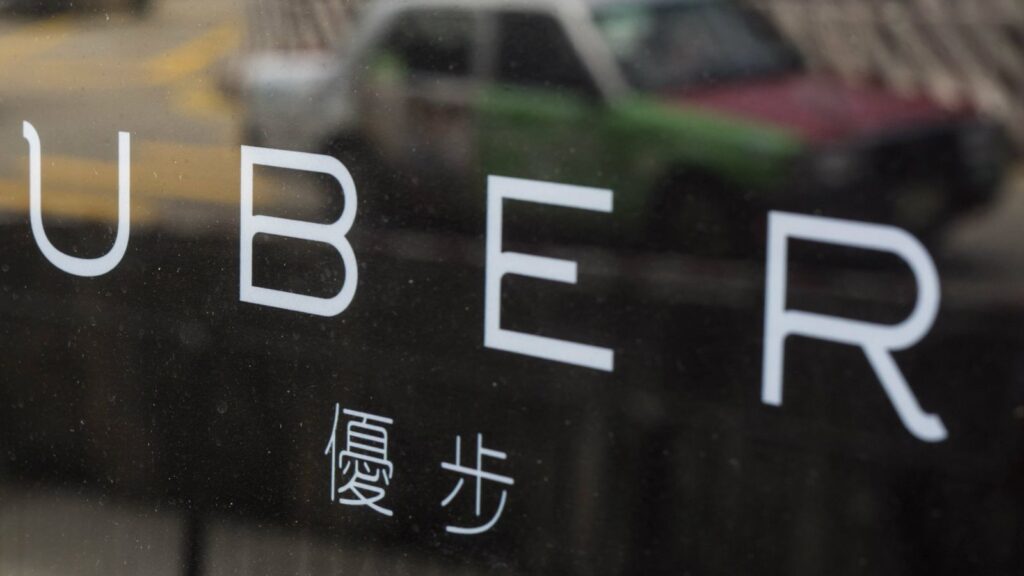What did Uber need to do to ensure their success in China and India? How would their Asian methods vary from Uber approach in Europe and so on?
SWOT ANALYSIS UBER
The SWOT analysis is as follows.
| Strength | In 2015, Didi Dache and Kuaidi Dache agreed tomerge to deal with Uber, the cash-rich invader.After the merger, the new company, Didi Kuaidi,received $2 billion in private equity investmentfrom companies including Capital InternationalPrivate Equity Fund, Ping An Ventures, Alibaba,Tencent, Temasek, Coatue Management and otherexisting shareholders | The merger turned out to be positive as its earned the company investment |
| Weaknesses | By collaborating with WeChat, the most popularmessaging app in China with almost 650 millionmonthly active users by the third quarter of2015,Didi Kuaidi received an average of 700,000bookings per day via the service.87 Additionally,Didi Kuaidi heavily invested in Uber’s competitors in other markets, including $680million to Uber’s biggest rival in the U.S., Lyft,and $500 million to the India ridesharingcompany Ola.Ola also extended its service into delivering goodssuch as sweets during the Diwaliholiday.97 Besides offering price flexibility, Olaaddressed the issue of payment service by allowing cash payments, and encouraged use ofits standalone in-app payment service, OlaMoney. | Being new in the market cannot afford price perks.The payment methods were not innovativeCannot hire more drivers due to permit issues by the governmental bodies. The services were limited to car services onlyEnough finances were not available to spend on the execution of creativity in the services for the customers.Ride sharing service made it difficult to struggle in these regions |
| Opportunities | In China, Didi Dache and Kuaidi Dache sharedthe same business concept and service model asUberWith all the strategies implemented, Ola sold750,000 rides per day while Uber sold only280,000 | The competitors did joint venture It was a cash rich invader and was a threat to the competitors. Ola was only concerned in addressing the needs of the customers and meeting the requirements of driversBusiness models in use in Europe re different from that of uber |
| Threats | In China, Didi Dache and Kuaidi Dache sharedthe same business concept and service model asUber. The two companies together controlledmore than 99% of China’s ridesharing market in2014.79 By the end of that year, the market surgedto 154 million users. The companies were bothheavily funded, with $700 million of Didi Dachecoming from Temasek and others and $600 millionof Kuaidi Dache raised by SoftBank. Theydeveloped a series of strategies to prevent Uberfrom significantly slicing into their market.With seven rounds of investments, Ola raised$1.18 billion from 19 investors, including DidiKuaidi, DST Global, Falcon Edge Capita,SoftBank, and Tiger Global ManagementWhile Uber poured resources into India’s market,Ola was building strategies to defend its turf inIndia. | Resistance to expand the business from the already existing same business facility Competition is tough to startup and attar ct the customers towards the company through promotions and services Not using proper driving permits |
Ansoff Matrix UBER in China and India
In view of Ansoff Matrix, the success of Uber in China and India can be analyzed as follows:
- Market development
- Discounts
The already existing companies in the industry started discounts on the rides in order to retain the customers.
- Customized Payment Services
The facility of cash payment to card payments or buying the points was transformed.
- Market Penetration
- Free rides
The customers were given free rides if they tend to use the app initially
- Driver training
The facility of providing training to support the drivers in their duties
- Quality assurance
To measure the standards of quality for the drivers the financial support was provided. Assisting the drivers to purchase their own vehicles. Collaboration with the financial support institutions to help the drivers in order to maintain their own earning position
- Diversification
- Three tiers car
A project with aim to attract the customers with the latest and desirable vehicle facility
- Application for use
Innovation through the free ride services on using the mobile app. The technological advancement by introducing app service for the customers.
- Goods Delivery
On special occasions the facility to send and receive eatables. Promotions on these services on the religious events
- Product development
Service offering
- Extra benefits to use mobile app
- Financial assistance to purchase the vehicles
- Services for the training to serve in a better way
- Resolving payments by cash installments
- Using the services of card payments
- Facility for standalone in the app
PORTER Five Forces of UBER In China and India
Porters Model of Five forces completely defines the insurance of success of Uber and the way it varies from other European Asian cultures
- Threat of new entrants
Uber services were not successful that much in Europe s there was heavy competitive pressure Also, in China even the business models of the companies of same business was similar to that of Uber .
- Threat of new services
The services were accused for not following the laws and regulations of the state. The safety was challenged by the competitors. The state was more careful whereas the services lacked in those points. The facilities of booking the rides was advanced by the competitors to retain their brand image.
- Bargaining power of buyers
Uber did gain an edge by the competitors as its model was totally different from that operating in Europe. GetTaxi and Hailo, both were operative with different business practices. In 2015, Didi Dache and Kuaidi Dacheagreed to merge to deal with Uber, the cash-rich invader
- Bargaining power of supplier
The customers were given a chance to enjoy the facilities as they have comparatively cheap rates comparable to that of taxis.
- Competitive rivalry among existing firms
The strategy of sharing a ride was not appreciated by the competitors hence the customers were aroused to protest against these policies to weaken their reputation further banning its operations. Competing withEurope’s trade unions therefore proved to be a daunting task for Uber and significantly hindered its growth on thecontinent. They developed a series of strategies to prevent Uber from significantly slicing into their market. Thetwo companies tried to give large discounts to maintain the market share.
PESTLE Analysis of UBER In China and India
The Macro Environment Analysis shows the following results,
- Regulations
Use of safety measure to ride in the state, issuing the proper license and training the drivers.
- Economic
Free ride packages for the new mobile app users
- Competitive
Financial assistance to the drivers to earn their livelihood by secure means.
- Social
Relaxation in the payment methods and techniques. Providing facility to share the happiness by sending receiving gifts
- Technological
One click booking facility through the advanced technological techniques
- Cultural
Promotions on the festivals and meeting the demands according to the different cultural requirements. Not riding without proper permission from the government
Consequently to ensure success, Uber needs to adopt strategies as explained above.

